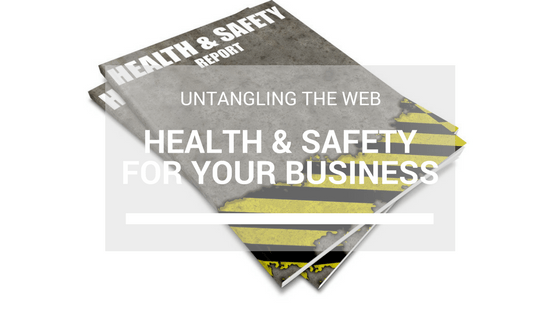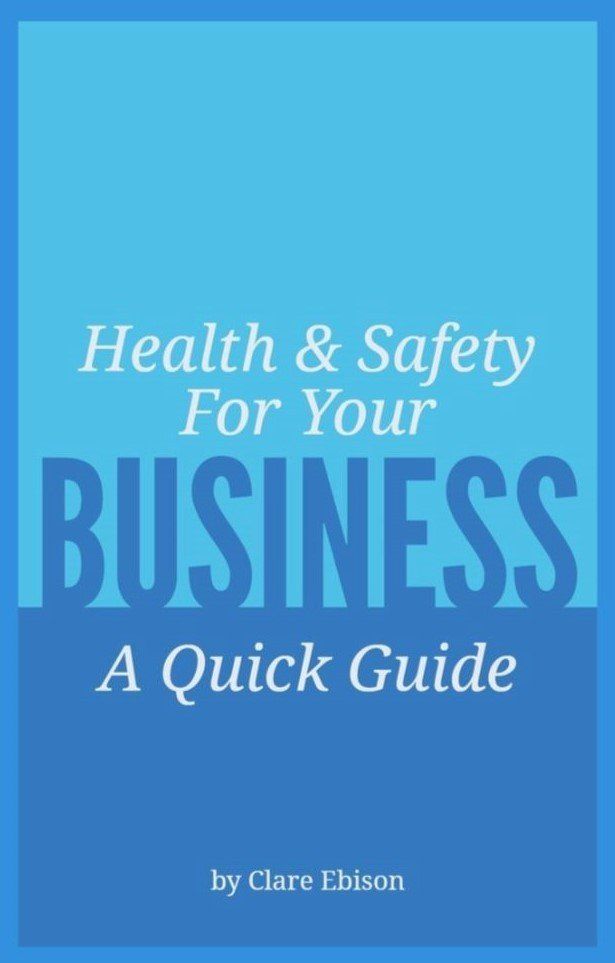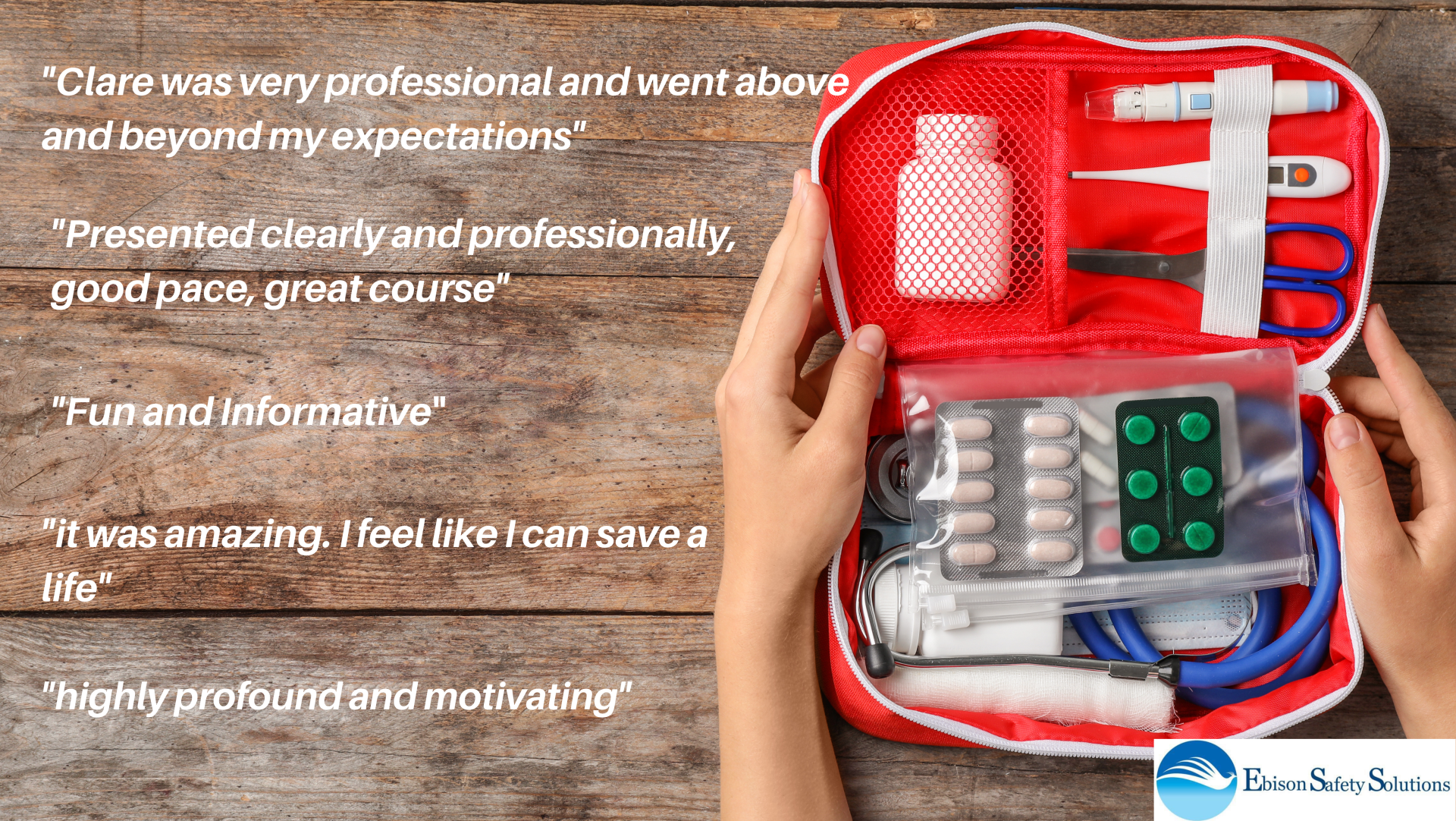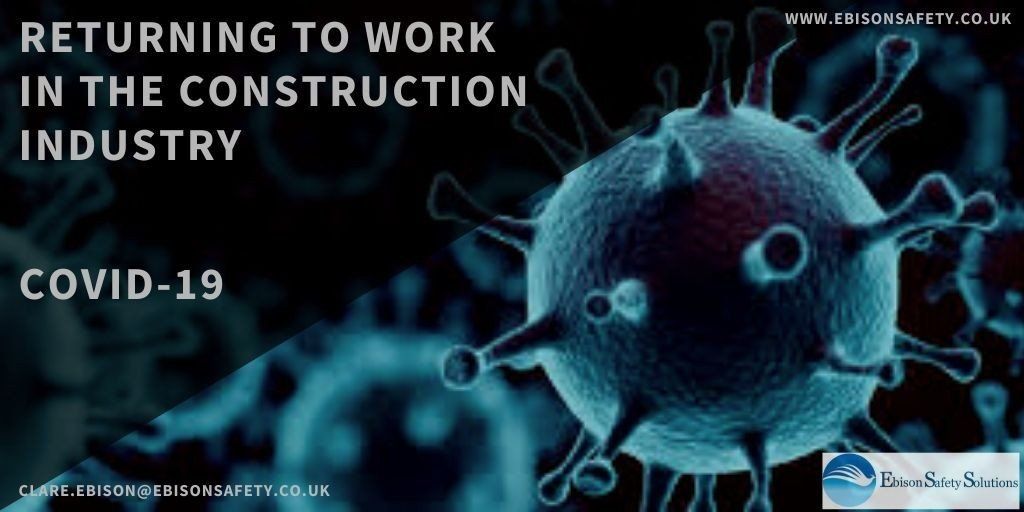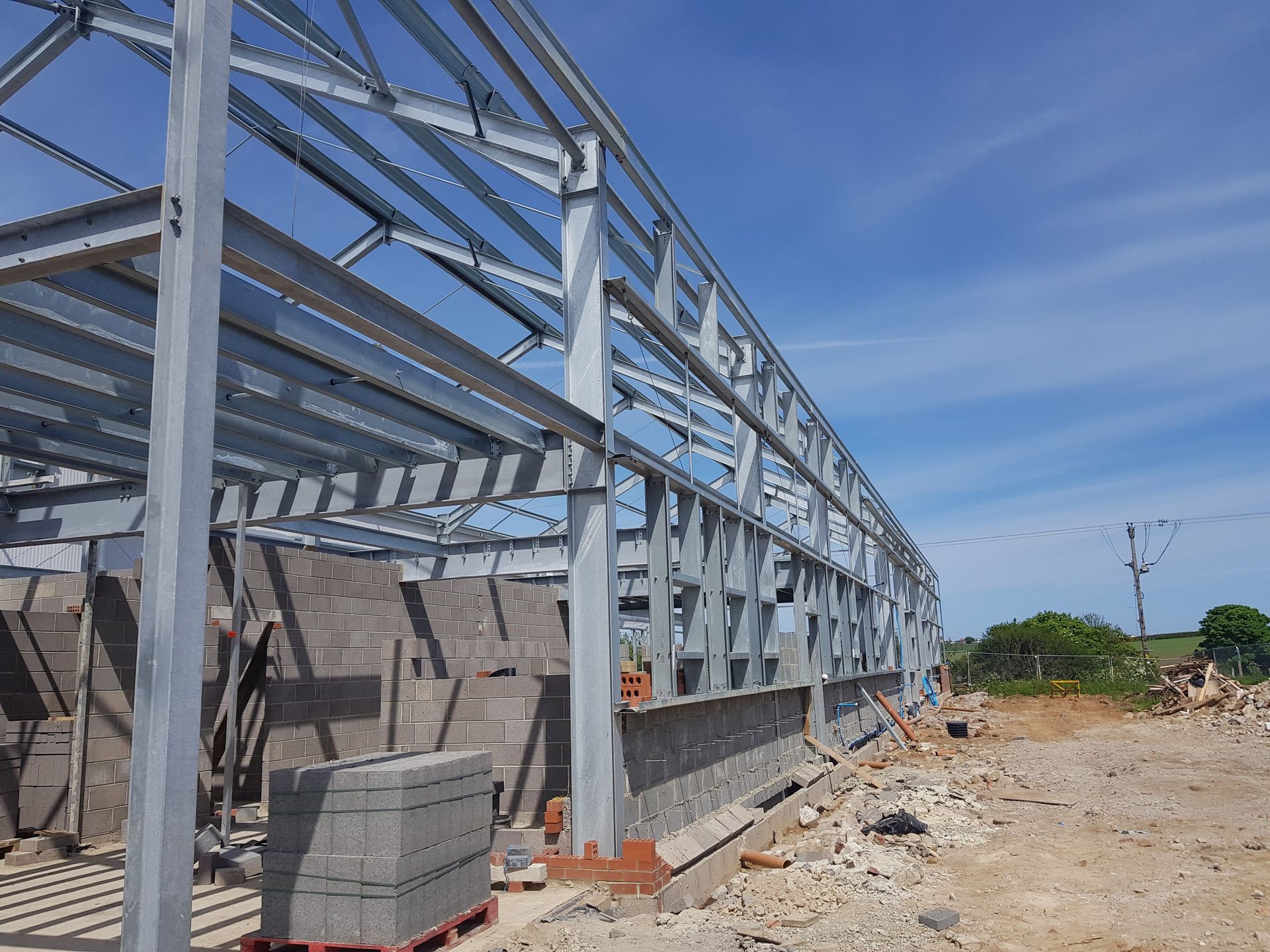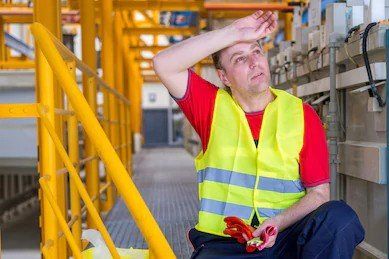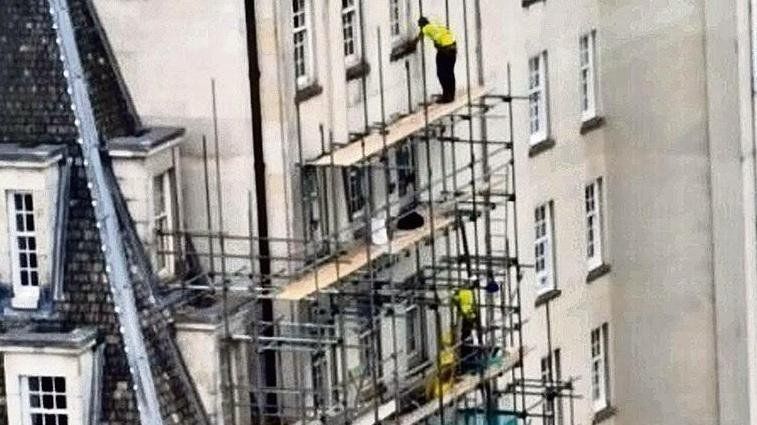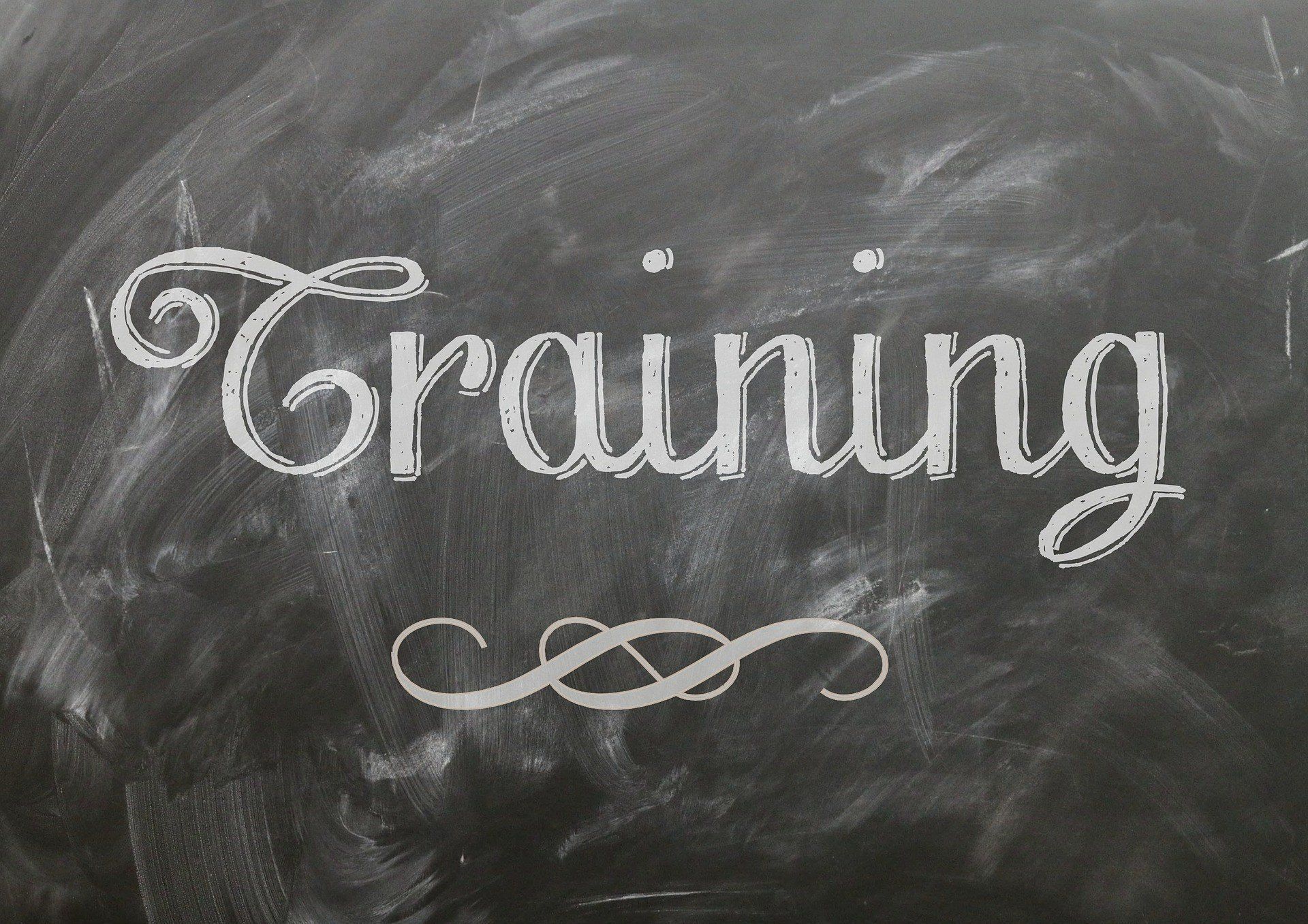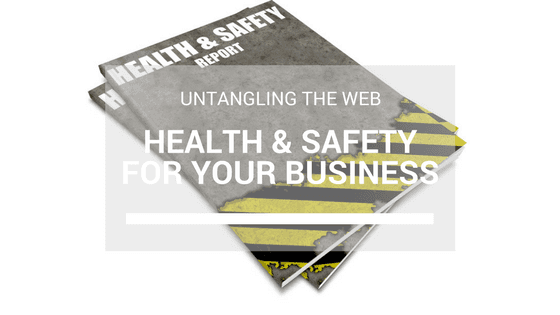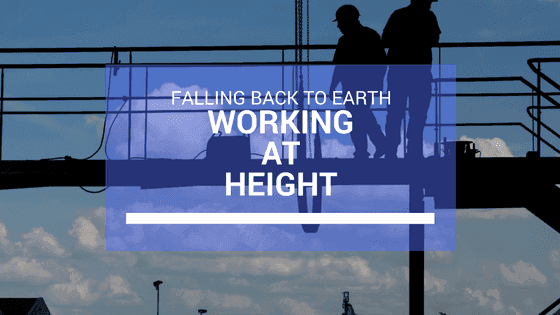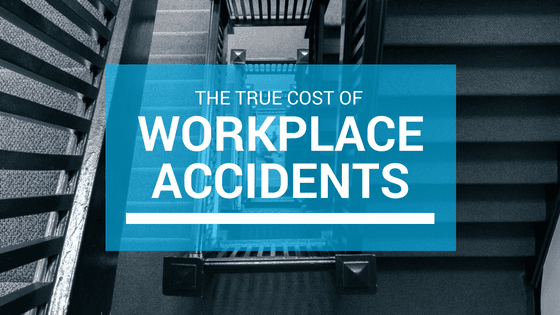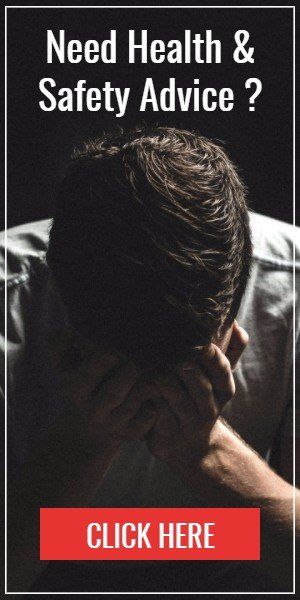How to make your risk assessment work for you
- By Clare Ebison
- •
- 08 Nov, 2016
- •
Staying out of the Dock!
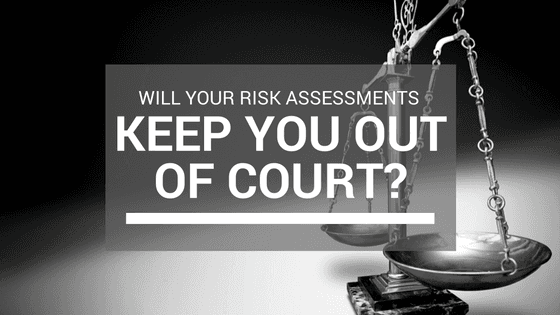
All businesses have a responsibility to manage health and safety in the workplace. As part of this your business must control the risks in the workplace.
To do this you need to think about what might cause harm to people and decide whether you are taking reasonable steps to prevent that harm. This is known as risk assessment and it is something you are required by law to carry out.
If you have less than five employees then you do not need to write down the risk assessment, but if you are going to put the effort into assessing your risks it makes sense to write it down for future reference.
A risk assessment is not about creating huge amounts of paperwork. It is something we all do every day of our lives without thinking about it – you do it when you cross the road. When it comes to business risk assessment it’s all about making sure it’s thought through, is suitable and sufficient and understandable.
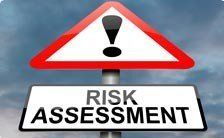
- Identify the hazards
Decide who might be harmed and how
- Evaluate the risks and decide on precautions
- Record your significant findings
- Review your assessment and update if necessary
Always get the input from a subject matter expert – this can be an employee who has experience in the task.

When controlling your risks always follow the hierarchy of control
- Elimination - Redesign the job or substitute a substance so that the hazard is removed or eliminated.
- Substitution - Replace the material or process with a less hazardous one.
- Engineering controls - for example use work equipment or other measures to prevent falls where you cannot avoid working at height, install or use additional machinery to control risks from dust or fume or separate the hazard from operators by methods such as enclosing or guarding dangerous items of machinery/equipment. Give priority to measures which protect collectively over individual measures.
- Administrative Controls - These are all about identifying and implementing the procedures you need to work safely. For example: reducing the time workers are exposed to hazards (eg by job rotation); prohibiting use of mobile phones in hazardous areas; increasing safety signage, and performing risk assessments.
- Personal protective clothes and equipment - Only after all the previous measures have been tried and found ineffective in controlling risks to a reasonably practicable level, must personal protective equipment (PPE) be used. For example, where you cannot eliminate the risk of a fall, use work equipment or other measures to minimise the distance and consequences of a fall (should one occur). If chosen, PPE should be selected and fitted by the person who uses it. Workers must be trained in the function and limitation of each item of PPE.

Violia was prosecuted by the HSE following an accident at a recycling facility. The injured worker was struck by a falling bale of waste and suffered fractures to his face and skull and also suffered brain injuries.
The waste had been stacked in unsupported columns that were
three bales high.
When the incident went to court it was found that Violia had not completed a site-specific risk assessment, but instead had relied on a generic ‘off the shelf’ assessment that listed controls for a presumed level of risk but did not take into account the unique risks of the individual site.
In addition, it hadn’t included specific controls included in the HSE guidance that bales should be interlinked and overlapped to improve stability.
Violia was charged with and offence under the Work at Height Regulations 2005. They received a fine of £450,000, with £11,676 of costs.
Generic risk assessments can have their place in health and safety management, but are best used as a template on which to base your own assessment. You must make sure that your risk assessments properly reflect the risks faced on your site or place of work.
As demonstrated by this case it is also worth making sure you have a full understanding of what guidance is laid down by the HSE for the task at hand.
If you are concerned that your risk assessments don’t fully reflect the risks on your site, complete an audit. Make sure that you fully check that all significant risk are covered being sure to capture every category of risk e.g. storage of materials, work at height, traffic movement, fire, chemicals. Once you have checked your risks make sure that the control measures in place reduce that risk sufficiently and don’t forget to follow the hierarchy of control – don’t fall into the trap of PPE controls all.
Check that your arrangements are in line with those in the HSE guidance. Although you do not need to follow word for word what it says you do need to make sure that they are at least as effective.
More information about health and safety in your business
If you want even more information, download our free guide today for some tips and advice for managing health and safety in your business.
If you need help o develop risk assessments suitable for your business click here to get in contact or call on 07765012152.

